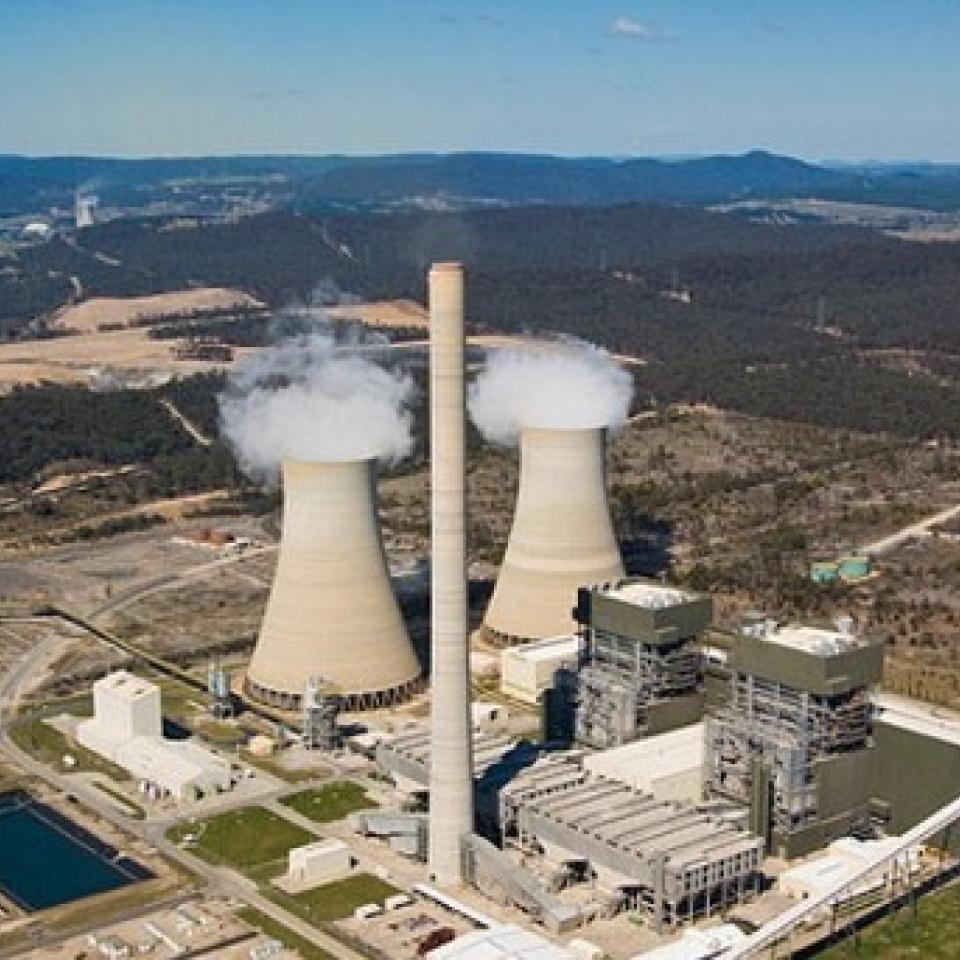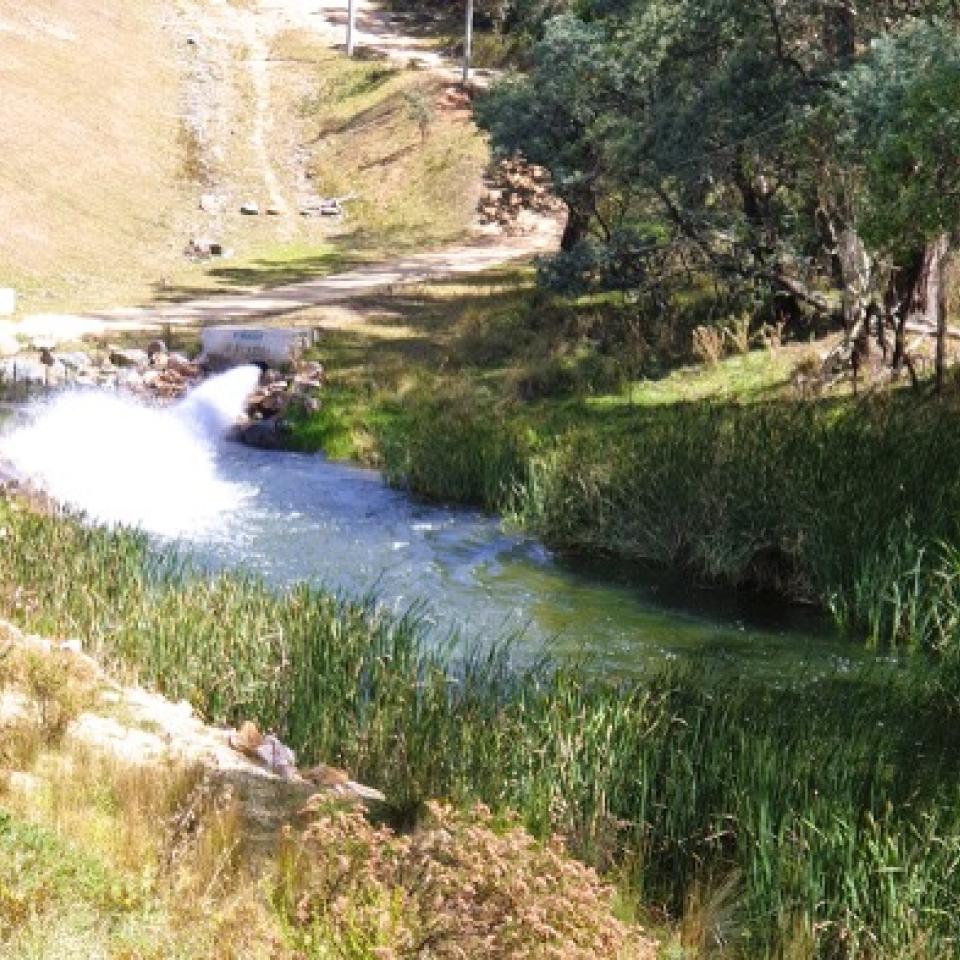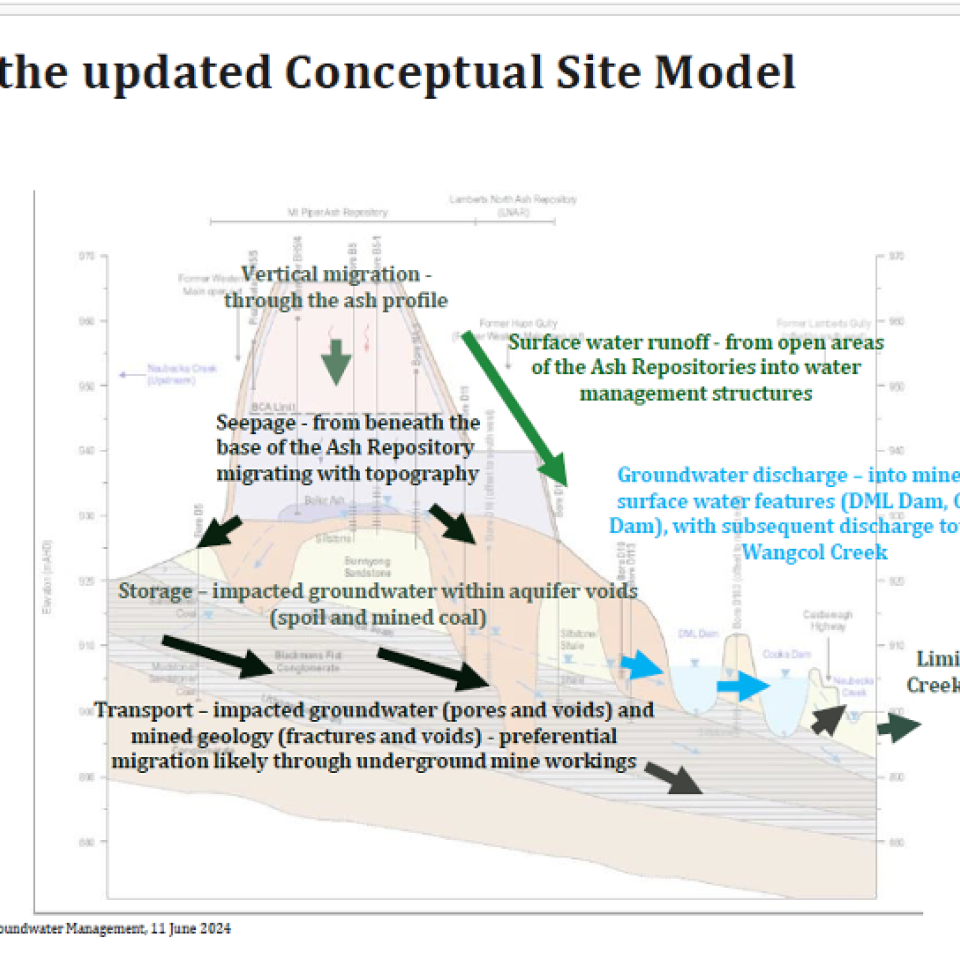Problem #1 - the approved no discharge design no longer works: A $250 million water treatment plant, commissioned in 2019, faces critical issues. It was designed to be a no-discharge scheme, meaning treated waste was meant to be released as water vapor into the atmosphere through the Mt Piper Power Plant's condensers. However, the plant often operates at much reduced capacity or idles due to the rise of green energy sources, reducing by many megalitres a day the plant’s need for coolant water. Sometimes, the power plant runs just to create coal ash to mix with the large amounts of brine waste generated by the treatment plant!

Problem #2 - the plant can’t keep up with the amount of waste produced: The reverse osmosis plant treats 28.8 million litres per day to remove dissolved toxic metals and salts. An additional 13.2 million litres per day that is produced each day is only filtered and still contains toxic substances. The combined waste flow is currently 42Ml/day and increasing in proportion to the area mined. The waste is approved to leave the treatment plant with salinity of up to 500 μS/cm, but a salinity of just 350 μS/cm can harm aquatic invertebrates crucial for animals like the platypus. This was not considered a concern when the scheme was approved, as there was to be no wastes discharged.
The scheme, however, is discharging 18.5 million liters per day of the partially treated waste mixture from the Thompsons Creek Reservoir and this eventually flows into the Coxs River. This discharge is without proper planning consent or a pollution license from the EPA.

Problem #3 – Mt Piper waste dump leaks: The water treatment plant produces tonnes of mineral salt and brine daily. These toxic wastes are mixed with thousands of tonnes of fly ash from the power plant and dumped on a large heap that is unlined on the base, covers over 25 hectares and stands 60 meters high. The dump's base sits below the groundwater level and is being pressurized by flooded old coal mine workings.
This has led to a "monumental failure": toxic brine is being squeezed from the dump into the surrounding aquifer, which feeds Wangcol Creek. Monitoring reports from 2023-24 show alarming contamination levels in the groundwater beside Wangcol Creek:
- Has a salinity of 13,630μS/cm;
- boron 5780μg/l; manganese of up to 17400μg/l and nickel 1940μg/l;
and in the creek itself:
- Wangcol Creek Salinity: up to 7,450 μS/cm (248 times the natural background level of 30 μS/cm).
- Contaminants in Wangcol Creek: Boron up to 1,600 μg/L, Manganese up to 13,800 μg/L, and Nickel up to 1,080 μg/L.

Future Risks from Centennial's Plans
In seeking consent for its unauthorised pollution, Centennial Coal plans to increase the approved pollution level from 500 μS/cm for the current no-discharge system to approximately 800 μS/cm for a waste discharge into the drinking water catchment. The company proposes discharging 26.5 million liters per day of mine waste into Wangcol Creek at this level of contamination, up 8 million litres per day from the unauthorised discharge of 18.5Ml/day. While this might dilute the existing highly toxic pollution from the dump, it will simply push more mine waste into the Coxs River system and, ultimately, into Sydney’s drinking water supply. The proposal includes 10Ml/day of waste from Angus Place mine that must be pumped out before mining can restart. Instead of increasing mine waste discharges by a third, the mine should be decommissioned .
With mine closure, the pollution can get even worse
The closure of the Springvale mine in 2027 and the Angus Place mine would likely lead to the cessation of the treatment plant's operations due to a lack of funding for operation and maintenance. If treatment stops, the salinity of the polluted flow would jump to 1,200 μS/cm and continue indefinitely, further contaminating the water supply. Claims of reduced flows are based on assumptions about where most of the waste is generated; is it produced mostly from a coal seam aquifer or captured surface waters? No underground coal mines producing 42Ml/day of waste has been decommissioned in Australia, so estimates of much reduced mine waste flows on decommissioning must be treated with suspicion. Remember this mine waste pollution problem arose from over-optimistic mining assumptions.
The Way Forward
To prevent this problem from worsening, any future coal mining to supply the Mt Piper Power Plant must not add to the wastewater issue. Only low-intensity mining methods that don’t generate excessive mine water should be explored. Angus Place West under the headwater swamps of the Coxs River also can’t proceed, even as a low intensity mining operation, because shallow mining under swamps will generate too much mine water and drain yet more ecologically important swamps.
An effective "Plan B" is also urgently needed, as once economically viability ceases the power plant and mines would shut. This might involve Sydney water ratepayers bearing the cost of the mine water treatment.
The current situation is a collective failure, where foreseeable issues were overlooked by companies, regulators, decision makers and the community. We must now be solutions focused to transition the economy to sustainable energy resources while addressing this environmental disaster. The principle of "Think globally, Act locally" was never more true.
- Log in to post comments